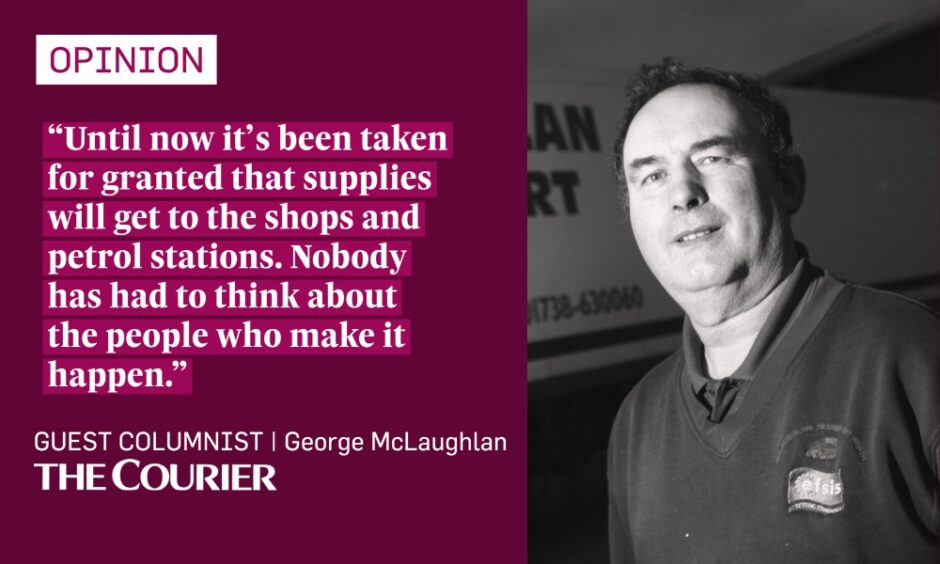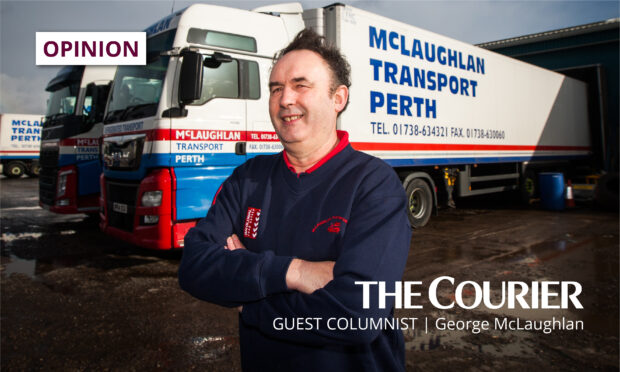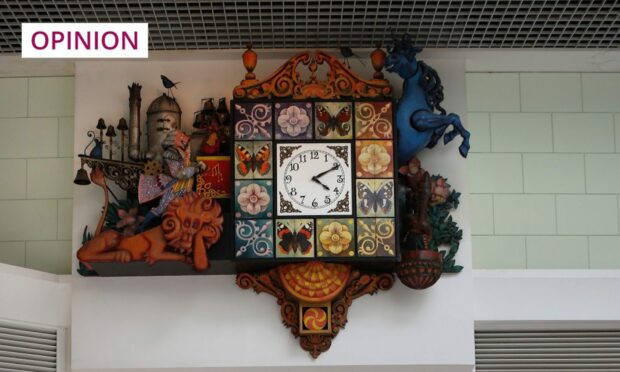I’ve been in the haulage industry for 60 years, man and boy, and I’ve never seen driver shortages as bad as this.
We’ve got 12 vacant positions at the moment. We normally have two drivers to a truck so there are trucks sitting with no one to drive them.
Temporary visas and making the HGV driving test more straightforward might help but they don’t get to the root of the problem.
It comes back to the fact that we have an ageing demographic in the haulage industry and the work ethic in the country is not what it was.

All the drivers we have just now are coming up to retirement age, and past retirement age, and there’s nobody to replace them.
Brexit hasn’t helped certainly.
The problems we’re seeing now with food supplies and deliveries to petrol stations were predicted.
We’ve got about 18 drivers from overseas out of a workforce of 45.
But this issue goes back a lot longer than Brexit.
Haulage had a homegrown workforce
Thirty years ago there wasn’t any foreign labour here.
Trucks were smaller so there were more drivers needed, but the workers were there and everything got delivered.
It’s not only haulage that’s struggling. We’re finding our customers can’t get pickers to work in the fields.
In days gone by a farmer only had to pass the word that he was thinning neeps and there would be a line of 30 people with hoes at the ready to do the job.
Now people just don’t want to do that kind of work.
In haulage, it used to be you learned the trade when you were at school.
You’d go out with your father or your uncle and you’d learn the geography and everything else.
Youngsters got to know what the job was about.
And when they got to working age they were ready to start themselves.
No encouragement for youngsters
Over the last 30 years or so that’s been frowned upon.
Youngsters are not allowed into this working environment and they’re not learning that work ethic.
They’re being encouraged to go to college and university and they’re running up big student loans that have to be paid back.
There needs to be a change in the way we look at this job so haulage is seen as something young people want to do again.
I hope this message goes viral…
As a HGV driver myself, illl try to explain what it's currently like from the perspective of a "professional driver".
To become a "professional HGV driver" you first need to apply for a professional licence. This can currently take up to 12…
— Syntax Error (@infofoundationx) September 25, 2021
Maybe we’ve all been too well off for too long and this is it coming home to roost.
But I think people are maybe starting to appreciate how much they’ve relied on the haulage industry without realising it.
Until now it’s been taken for granted that supplies will get to the shops and petrol stations.
Nobody has had to think about the people who make it happen.









